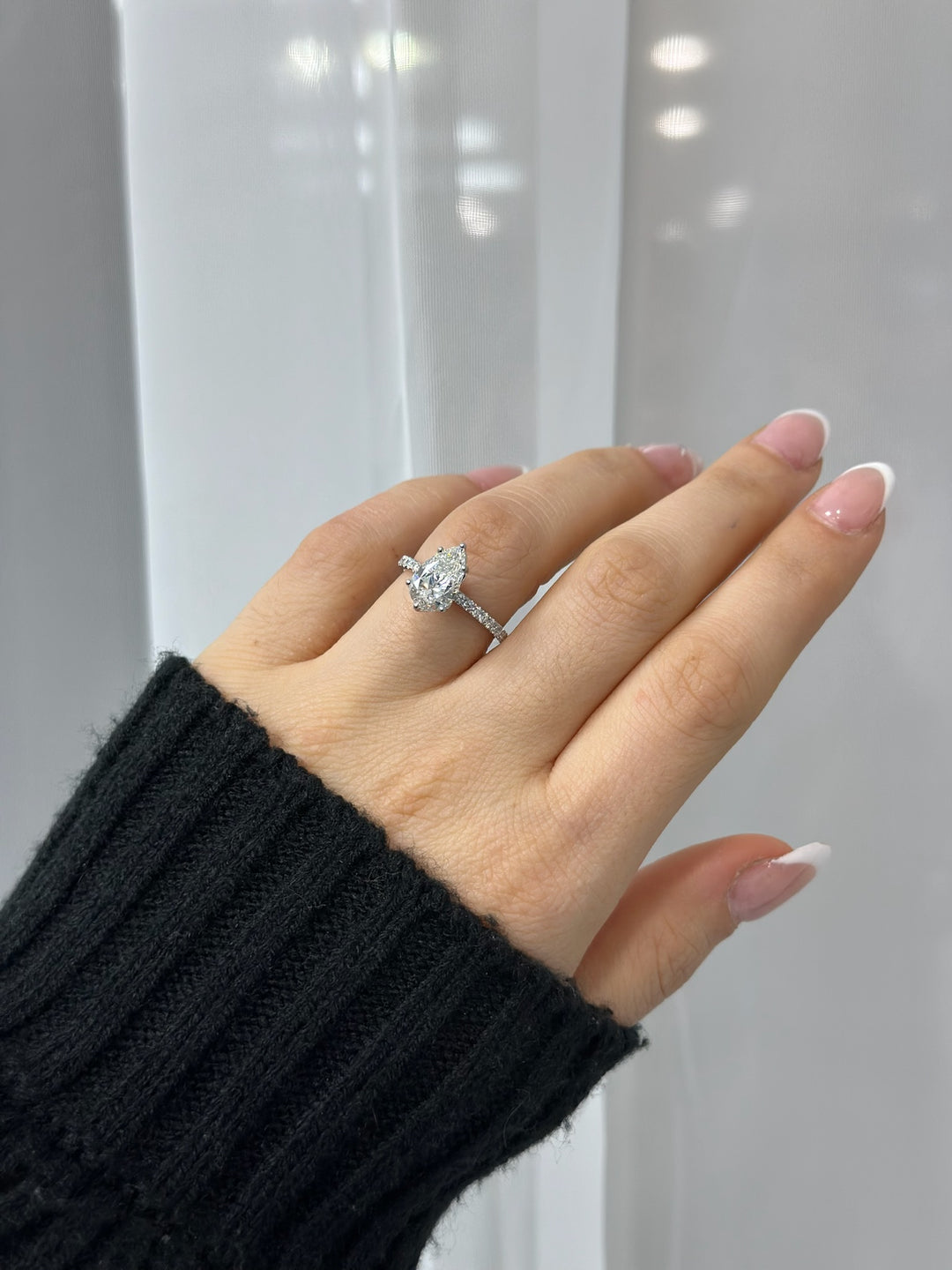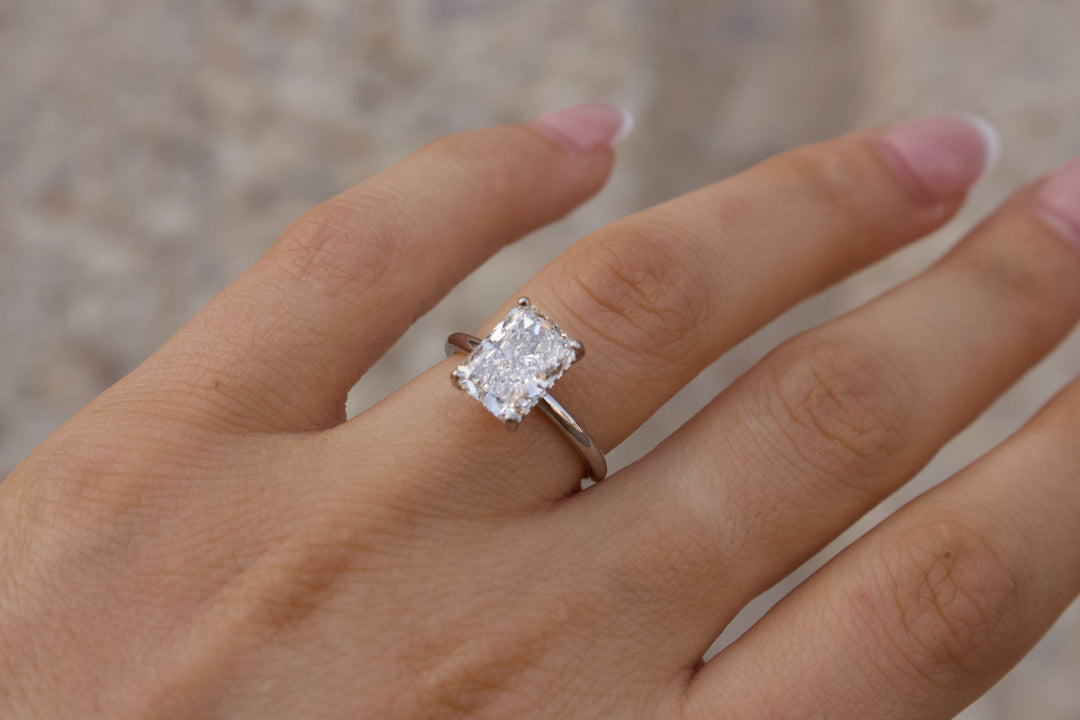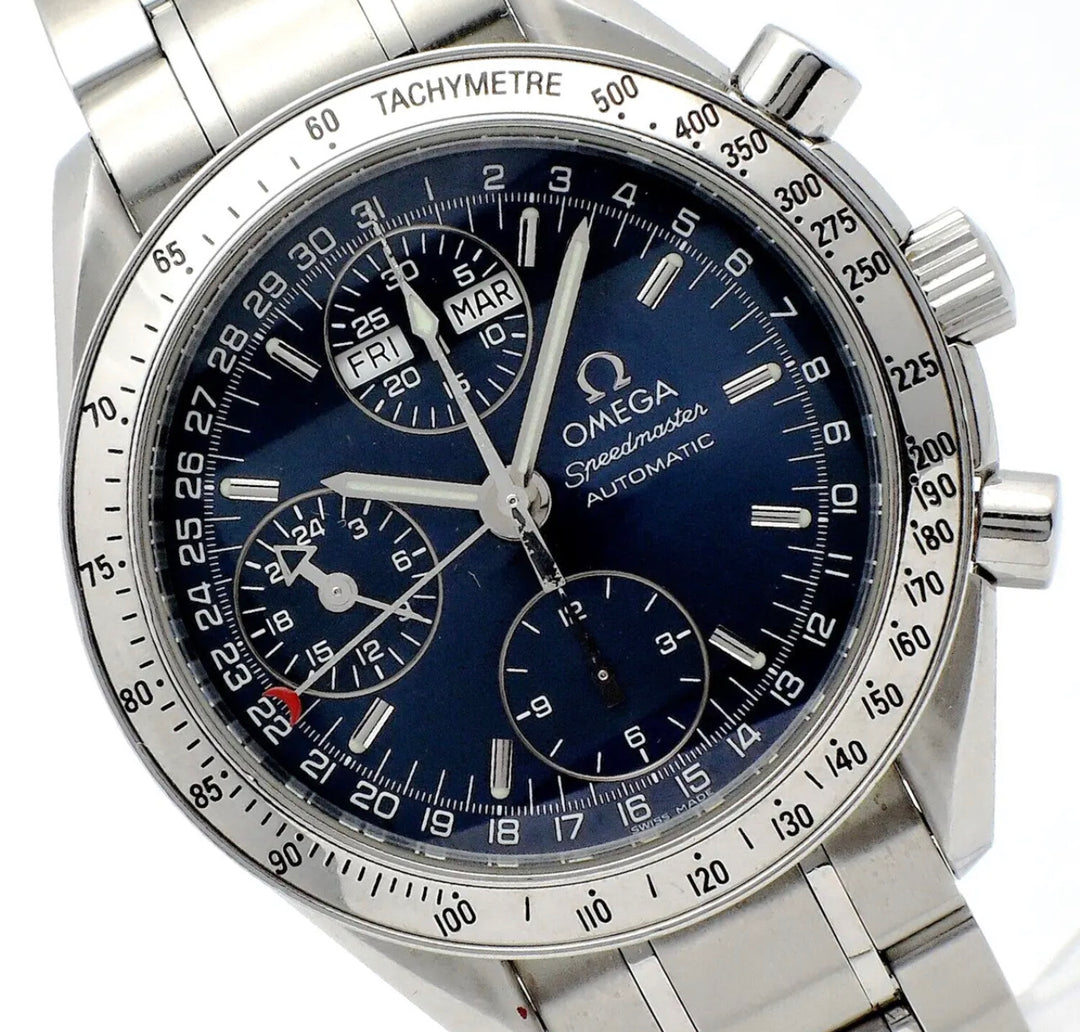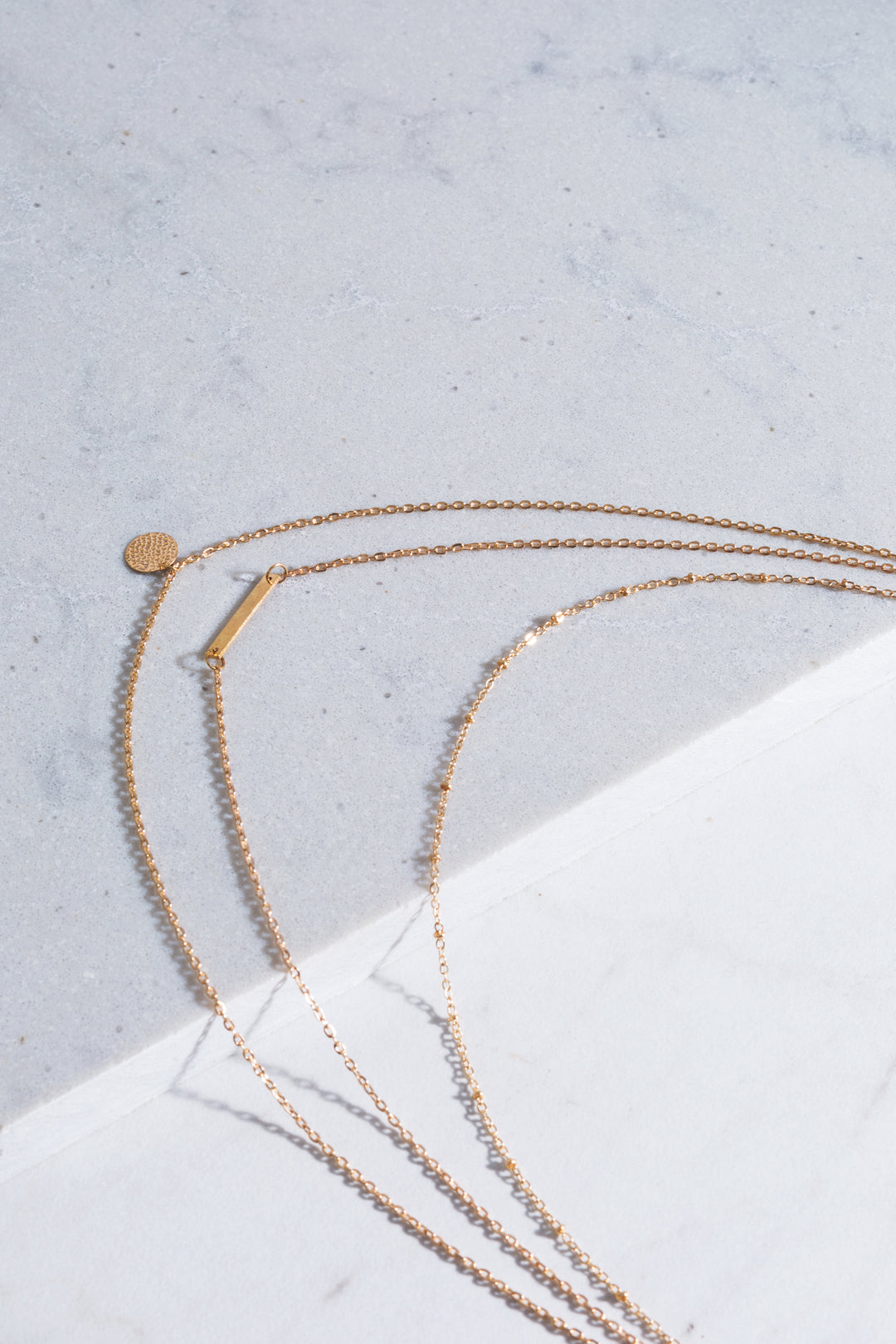Diamonds: What are the 4 Cs Anyway?
Diamonds have long been a symbol of luxury and love. But how do you know if the diamond you are purchasing is worth its price tag? By understanding the 4 Cs of diamond evaluation; cut, carat, clarity, and colour, you can make an informed decision when deciding on your next purchase!
Cut: The Most Underrated "C"
When it comes to diamond evaluation, the cut is arguably the most important "C." The cut refers to the stone's proportions, symmetry, and polish. A well-cut diamond reflects light in a way that maximizes its brilliance, fire, and scintillation. In other words, a well-cut stone sparkles and shines more than a poorly cut one.
A diamond's cut is graded on a scale from "excellent" to "poor." A stone with an excellent cut will be more expensive than one with a poor cut, but in this case, it's worth the extra money. Not only does a well-cut diamond sparkle and shine more, but it can also make your stone appear larger than it actually is.
Carat: The Weight of a Diamond
Carat is a term used to describe the weight of a diamond. The carat weight of a diamond does not necessarily determine its value. The value of any particular stone is always determined by a combination of the 4 Cs.

A heavier diamond will typically be more expensive than a lighter one. However, it's important to remember that carat weight is not the only factor to consider. A smaller diamond with an excellent cut, high clarity, and colour can be worth more than a larger one with poor cut, low clarity, and colour. It is very important to note that weight does not equal size of the stone, in the sense that a larger table, different ratios and so on can heavily influence the appearance of a stone.
Clarity: The Diamond's Absence of Inclusions and Blemishes
A diamond's clarity refers to the absence of inclusions and blemishes. Inclusions are internal imperfections, while blemishes are external imperfections. The clarity of a diamond is graded on a scale from "flawless" to "included."
A diamond with a high clarity grade will be more expensive than one with a low clarity grade. However, most inclusions and blemishes are not visible to the naked eye, so you can save money by purchasing a diamond with a lower clarity grade that still appears flawless.
Colour: The Presence or Absence of Colour
The colour of a diamond refers to the presence or absence of colour. The most valuable are those that are completely colourless, with a grade of "D" on the colour scale. As the diamond's colour grade moves from "D" to "Z," the presence of colour increases, making the stone (generally) less valuable.

While a colourless diamond is the most valuable, a diamond with a slight tint of colour can still be beautiful and valuable. Some of our clients actually prefer a hint of colour, as it can add warmth to the stone. This also has an influence on the rest of the piece. When building the shank of an engagement ring on a yellow gold base, the yellow colour will shine through the stone to a certain degree. This happens regardless of the colour grade of the main stone. If set on white gold, we tend to advise a more colourless stone. This will ensure a perfect shine throughout.

In Conclusion
The 4 Cs are essential to understanding the value of any stone. Before purchasing any diamond, it is important to note that most diamond experts and dealers are well aware of the 4 Cs, as well as a multitude of other attributes that are relevant when purchasing a significant precious stone. Some of these other factors include fluorescence, table ratios, depth, girdle size, among plenty of others. What our team at Bijouterie La Voûte advises our clients is that these 4 Cs will make up 60% to 80% of a diamond's value. The other 20% or so; that's where we show our value as a team! Now that you are equipped with this information, you are ready to make an educated decision on your next purchase!
If you're looking for more information about any type of jewellery, click here to read some of our other blogs. If you'd like to make an appointment with one of our experts, you can contact us here! Happy shopping!











Leave a comment